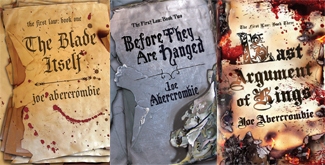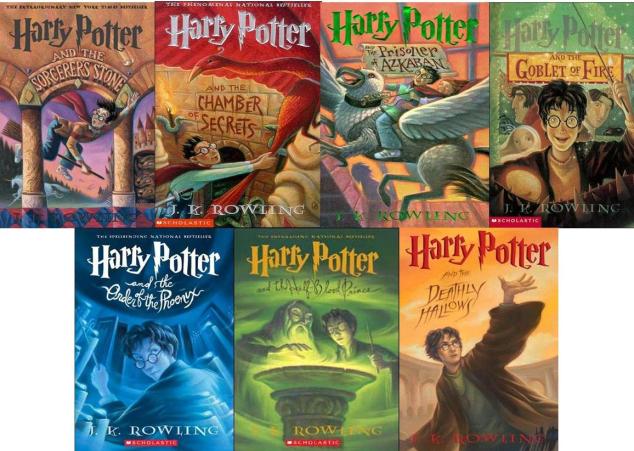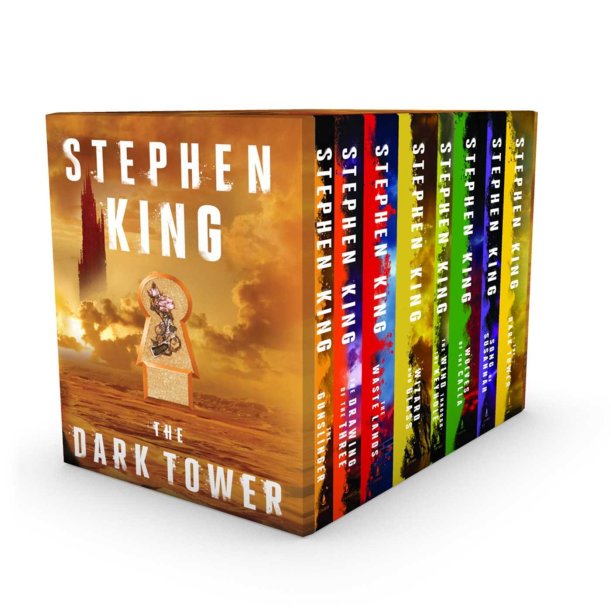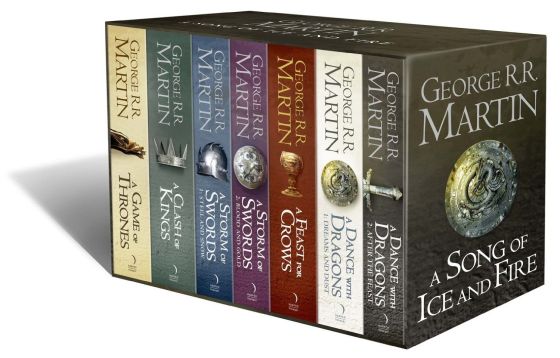
Writing a novel from multiple points of view is tempting. It’s especially tempting, I find, for those writing fantasy. George R.R. Martin does it. Why can’t we?
Well, what works for Mr. Martin won’t necessarily work for us. And truth be told, what works for Mr. Martin doesn’t always actually work for Mr. Martin, if you know what I mean. Because even the most diehard Song of Ice and Fire fans will admit that the series might have too many POVs.
Let’s back up a moment. A point of view character is pretty much what it sounds like—the character whose thoughts and feelings are described to us. F. Scott Fitzgerald’s The Great Gatsby has one point of view character: Nick Carraway. Martin’s A Game of Thrones, on the other hand, has multiple point of view characters, indicated by the character name at the beginning of the chapter.
To be fair, you know your novel best. Maybe you really do need ten or twenty POV characters. But if you fear you’ve got too many, these are three telltale signs.
Your POV Characters Have “Check In” Chapters
When you read certain books, do you ever get the sense that we’re returning to a POV character not for any story reason, but just to remind you they’re still alive? I call these check in chapters.
Avoid them. They slow your story and add unnecessary chunkiness to your page count. Plus, nothing bothers readers more than pointless tangents. Readers give their time to our stories. We shouldn’t waste it!
I’ve certainly had check in chapters infect my manuscripts. For example, I had five POV characters in one story, each with a complete and satisfying character arc. Yet for my fifth POV character, a multi-talented scoundrel by the name of Trast, his story resolved itself about a hundred pages sooner than expected. The rest of his chapters seemed to say the same thing: “Remember Trast? He’s still here.” Clearly, I had too many POVs. Poor Trast was demoted to an auxiliary character in the next draft.
Your Readers Skip POVs
One of the most fun (and sometimes frustrating) aspects of writing is this: Your conception of your story never quite aligns with the finished product. When you brainstorm, you might guess that you need that additional POV. But once you start writing, you might find those extra chapters don’t add much to your story.
Though some characters might not attain POV status, you needn’t necessarily cut them entirely. You might work them into other spots or just lessen their role in the story. Just because a character isn’t a POV doesn’t mean they’re not important. We never get Dumbledore’s perspective in Harry Potter, yet he’s undeniably vital to the story.
You’ve Added POVs Only to Show More of Your World
Adding POV characters just to show new settings is like using the Death Star to destroy an ant hill. That is, there are better ways to accomplish the same goal.
Books are often better when they leave some things unsaid. Exploring every crevice of a world just for the sake of exploration produces aimless chapters. Settings and characters should serve the story whenever possible. If they don’t, they’re likely unnecessary.
If you’ve got essential action going on “offscreen,” it’s often better to devise an alternate way to show it. Can another POV character reach that other region so they experience the event first-hand? If not, can you suggest the action without showing it? Maybe a courier relays the action to your main character.
I hope these suggestions prove useful to you. If you’ve got too many POV characters, don’t worry! You’re creative. I know you’ll think of a better solution.
Kyle A. Massa is a speculative fiction author living somewhere in upstate New York with his wife and their two cats. His stories have appeared in numerous online magazines, including Allegory, Chantwood, and Dark Fire Fiction. His debut novel, Gerald Barkley Rocks, is available now on Amazon Kindle.



























